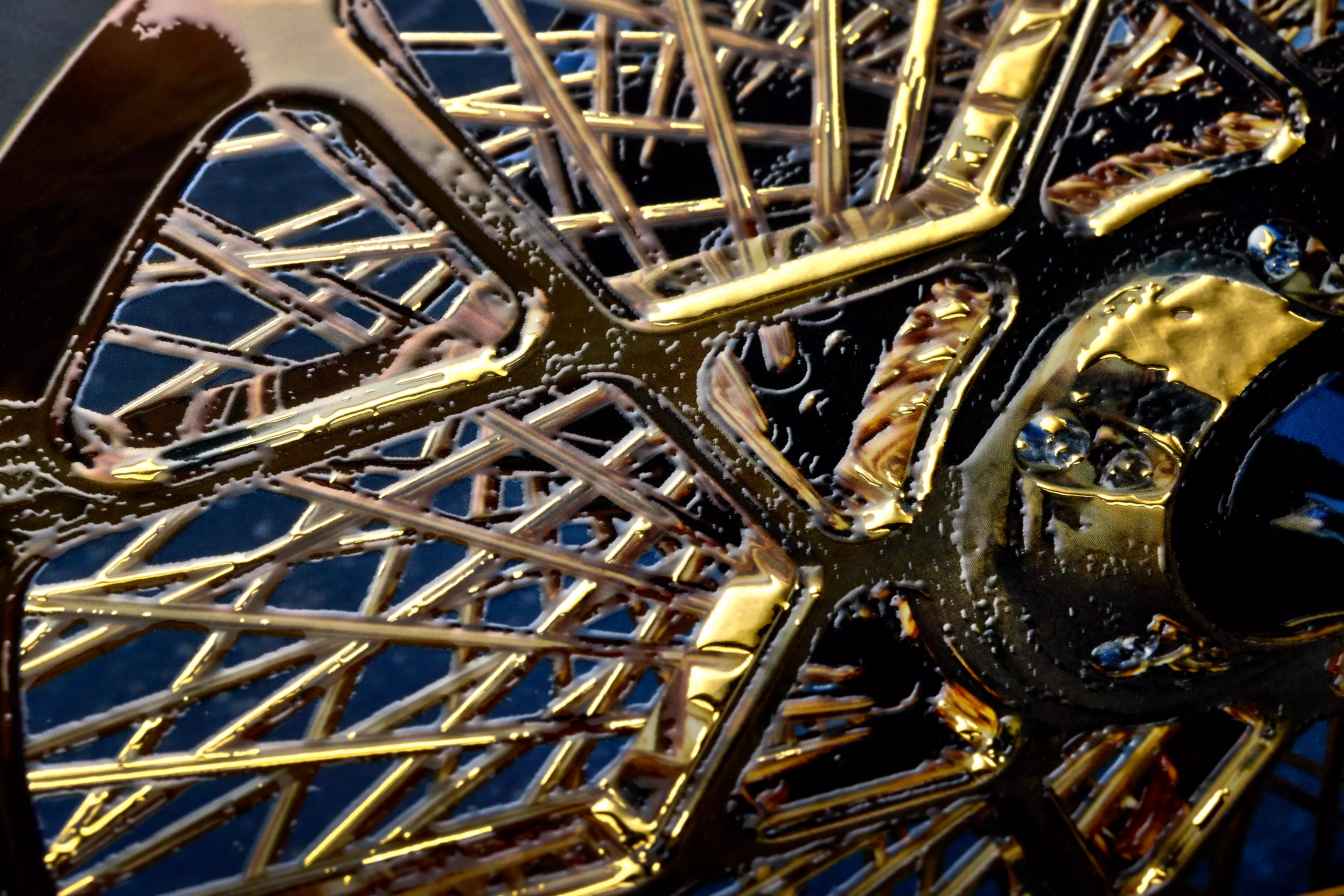To help achieve these many operations are focusing attention on ways to maximise their production capabilities with smooth and streamlined workflow that supports their service offering.
Rather than defaulting to press investments, forward thinking businesses are exploring how end to end processes can be more efficiently managed with software. They are also considering more effective ways to handle finishing, particularly with regard to how the services offered are completed.
Are you in or out?
Can they be produced inhouse? Or will they need to be outsourced which will add time and expense into the equation?
In-House - This allows full control over the process ensuring high quality, ease in making last-minute adjustments, and responsiveness to customer demands. Operations have full control over consistency. They have the flexibility to easily accommodate custom orders quickly while saving money as there is no need to outsource. However, upfront capital investment is required for in-house finishing equipment and ongoing maintenance costs, while skilled personnel are necessary to operate the systems. Staying competitive means keeping equipment up to date.
Outsourcing – This is ideal for operations that don't have the right equipment or expertise in-house. It enables access to specialized equipment such as embossing, foiling and laser cutting. As there is no need for capital expenditure, equipment costs are saved as is dedicated space and labor. Production can be scaled quickly without investment in more machines or personnel – particularly beneficial for fluctuating or seasonal demand. On the downside, outsourcing can reduce control over quality and deadlines, and it may lead to higher costs per job for smaller runs or urgent orders, as well as potential risks around consistency.
For some jobs, where the requests may be too infrequent to warrant investment in the systems required to complete the work, outsourcing will be cheaper. But when multiple orders are received there comes a tipping point at which investment makes sense, even when factoring in staffing costs.





